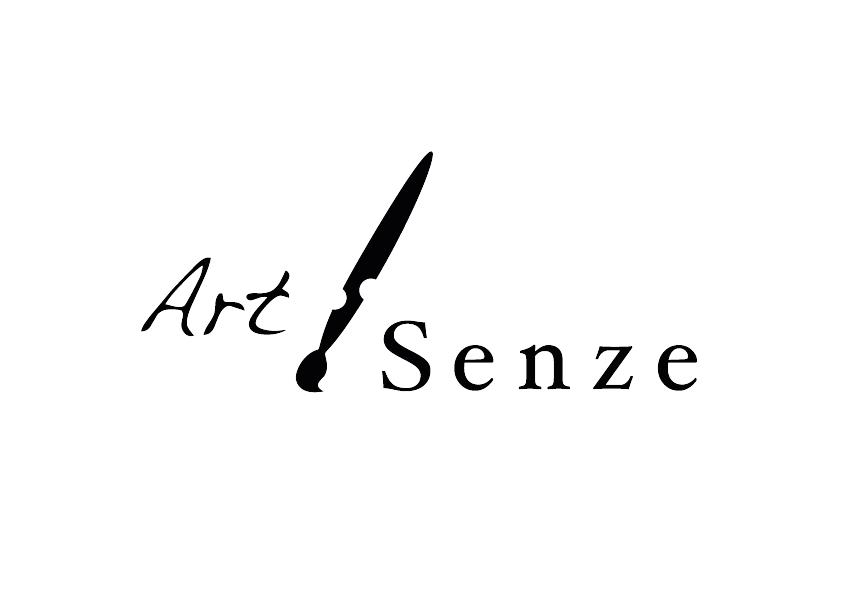“My child loves art.”
“I hope that my child can learn to draw better.”
“I can’t draw.”
“I aim to become an artist.”
“I hope to be able to learn to draw my favourite subject matter.”
“I wish to learn a new skill.”
Is the reason that you want to learn art included in any of the above statements?
The fact is art brings you so many more benefits that you might have thought of. We decided to breakdown into the details of benefits of learning art.
Art trains fine motor skills. Fine motor skills refers to the smaller movements that occur in your wrists, hands and fingers. Through art, students learn to train their hand muscles to have a better handling of the paintbrush and pencil, or craft-related materials like scissors and clay modelling tools. It will help students to be able to handle things with more precision and heighten their level of concentration. Students will be able to build up their level of confidence and increase self-esteem.
9 Multiple Intelligences
Now let’s see how art finds its position within the 9 Multiple Intelligences developed by Howard Gardner, an American developmental psychologist.
Spatial
Students learn to visualise their artworks before commencing on their art projects. The ability of transform something from 2D to 3D and vice versa is being used frequently during art class.
Naturalist
We expose our students to different subject matters from time to time for their artworks. This also includes animals, plants and happening in our daily lives. During outdoor lessons at different locations, be it nature or city, students also get to immerse in the outside environment and have a deeper appreciation of the things around them as they conduct deeper observation for their artworks.
Intra-personal
We often chat with our students during class. Not only about art techniques but also about their everyday lives. Through chatting, we build up a closer relationship with our students. This in turn helps our students to open up more and express themselves better when we are discussing about ideas for their artworks. It will also help our students to build up more confidence in explaining their artworks or ideas to others.
We also encourage our students to touch on their emotions and express themselves in their own unique style rather than blindly following what is presented before them.
Linguistic
When students enter art school, the link between art and linguistic is clear. Being able to explain their artworks clearly in words is important when students are writing their artist statements (a written description of the artwork). This is also a skill that will help students to understand the meaning of different art styles.
Bodily-kinesthetics
Good hand-eye coordination is important in art. Being able to draw accurately after observing is one of the example of good hand-eye coordination. Bodily-kinesthetics also involves capability in fine motor skills and enjoying the process of figuring out how things work. During art class, our students learn to try out new art techniques and find out which method works best for them to attain the desired art result that they are looking for.
Interpersonal
We chat about school life, work life, everyday life with our students and we extend this conversation to among our students as well. We believe in having our students to learn from one another and this will be feasible when our students interact more with one another.
Logical-Mathematical
The steps to learning art is never fixed. We often find our students sorting out their own steps to achieving the steps to attainting the same visual result as what we have demonstrated earlier on. This also proves that our students have fully absorbed and understood the techniques involved, and moving on to proceed to come up with their own sequence.
Art is beneficial in many ways and consists of skills that can help to complement many other areas. We believe that art is more than just an enrichment activity. It is a whole range of skill set that remains helpful and useful for all ages.

